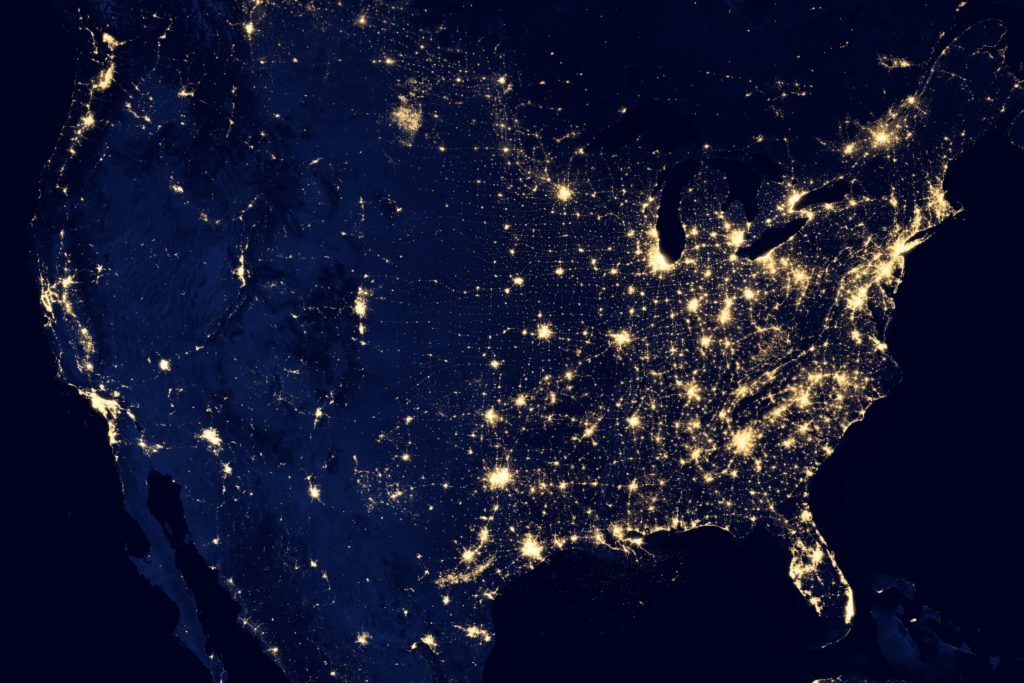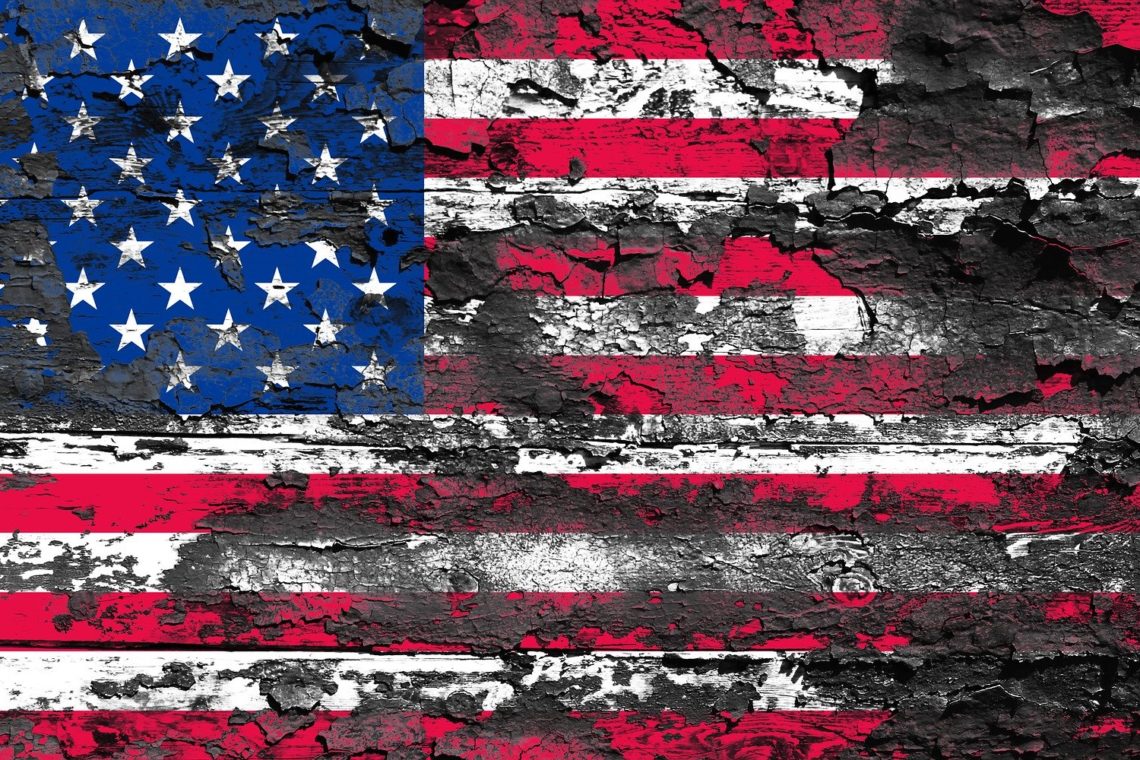Social mobility in the US has been on the decline for the past 150 years, based on the research team of Penn State sociologist Xi Song. This means that things have actually been going downhill since the Gilded Age. An age that birthed the lie of Social Darwinism, also called meritocracy, that we are still crushed by today.
Franklin Roosevelt’s Statement on the National Industrial Recovery Act, June 16, 1933
http://docs.fdrlibrary.marist.edu/odnirast.html
In my Inaugural I laid down the simple proposition that nobody is going to starve in this country. It seems to me to be equally plain that no business which depends for existence on paying less than living wages to its workers has any right to continue in this country. By “business” I mean the whole of commerce as well as the whole of industry; by workers I mean all workers, the white collar class as well as the men in overalls; and by living wages I mean more than a bare subsistence level-I mean the wages of decent living.
Despite Roosevelt’s efforts, since the 1940s things have gotten exponentially worse. And, though People of Color, especially Black and Native peoples are deeply disproportionately impacted, inequality has gotten worse for everyone. In 1964, when President Lyndon B. Johnson declared the War on Poverty, the median wage was $2.20 and the minimum wage was $1.15, a little more than half. Now the median wage is ~$25.00 and the minimum is $7.25, less than a third. According to MIT a living wage in the US is $16.07 per hour for a family of four, and that assumes two working adults. (This, of course, can vary wildly depending on what part of the country you are in.)
The economic slowdown of the 1970s further widened the income gap. Income growth for households in the lower classes slowed sharply. People living in poverty, both urban and rural, became more isolated than ever. This has led to an unbalanced exposure to negative environmental conditions that has only increased and is exacerbated by climate change. There is a thriving and government subsidized predatory lending industry that includes student loans and bail bondsmen. Speaking of bail, let’s not forget privatized prisons forming a school to prison pipeline and the criminalization of debt. Plus, there are food deserts, a lack of health insurance, and no access to healthcare. And not only does Flint, Michigan still not have clean water they are not alone.
Households in the middle also suffered in the slowdown. Incomes at the top continued to expand rapidly. If the nation’s household wealth was a pie not only would ninety percent of it go only to the wealthiest twenty percent, but forty percent of the pie would go to the richest one percent. In fact, that top one percent possesses more capital than the entire middle class. The middle class is at ~$18 trillion while the one percent is worth over $25 trillion. Meanwhile, the Americans in the bottom twenty percent not only don’t get any pie, being on average in debt, they owe pie.
Current income inequality in the U.S. is worse than it has been in more than half a century. According to Pew Research using data from the Organization for Economic Cooperation and Development inequality in America is the highest of all the G7 nations. Just since 1989 the wealth gap between America’s richest and poorest households has more than doubled. Comparisons are made to the financial mayhem of the Roaring Twenties that begat the despair of the Great Depression. Or of the rotted decadence of the Gilded Age which vomited forth the nation’s first billionaires.

In the last couple of generations access to opportunity in America has been closed off. Our CEOs, our elected officials- all are being drawn from an increasingly small pool. Since, and including, the first President Bush every US president has graduated from an Ivy League university. CEOs are the sons of CEOs. Our “college dropouts” who later achieve spectacular success turn out to be the children of millionaires with golden connections. Even Hollywood ingénues inevitably turn out to have a parent, an aunt, or a godfather, who was positioned to assist in their rise.
When only looking at statistics it is easy to see that poverty in the United States disproportionately affects People of Color. However, roughly 28 million white people live at or below the poverty line. About 11 million Black people live at or below the poverty line. About 12 million people of Latinx descent live at or below the poverty level. If you add all the Black and Latinx people who live in poverty together the number is still lower than the number of whites who live in poverty in America.
This is something you rarely see portrayed in the media. Instead, almost every headline about the poor includes the phrase “and minorities.” The photographs accompanying those articles invariably contain People of Color. Because of this it is easy to assume that all who live in poverty are Black or PoC, and more, all Black people, and most PoC, live in poverty. I couldn’t even find images of modern American white poverty to accompany this post. Among (many) other things this renders white poverty, and the white people suffering in entrenched, generational poverty, invisible. Voiceless.
We individualize issues. We call obesity, diabetes, heart disease, kidney disease, and liver disease “lifestyle diseases” and ignore the fact that they directly correlate to class and income. The death rate of the white poor and working class has actually gone up during the 21st century, a metric unique to the United States. More American Exceptionalism. Part of this rise in white casualties comes from what Princeton economists Anne Case and Angus Deaton coined “deaths of despair”. Guns are far more likely to be used in suicides than in self-defense.
We talk about parental involvement in their children’s education instead of citizen involvement in educational systems. We ignore the reality that today’s households require two incomes, that parenting in the US cost more, and that the rates of maternal and infant death are higher in the US than any other developed country. Only in the US do politicians argue that contraception, itself, is a vice. Alcoholism and illicit drug abuse ravage white working class and poor communities while law-and-order politics negatively affect all of the poor.
In 2018 Matthew Desmond of the New York Times broke it down this way in his article “Americans want to believe jobs are the solution to poverty. They are not.” The article lays out a basic blueprint in which we first laud work outside the home as the ticket out of poverty. In doing so we force the poor take jobs at poverty wages that lack even basic benefits. Welfare spending then increases because we, the American taxpayer, end up subsidizing this underpaid workforce being exploited by megaconglomerates. The political leaders then blame rising costs on those desperately clinging to the rapidly shrinking safety net while the megaconglomerates who funded their election campaigns hoard profits and avoid paying taxes. Wash and repeat.
We construe poverty as a sin and write entire books on grit, resilience, and “leaning in” blaming those in poverty for their condition. Meanwhile, in today’s America, the single best predictor of our success is the success of our parents before us. As William Deresiewicz wrote in Excellent Sheep, “Our new multiracial, gender-neutral meritocracy has figured out a way to make itself hereditary.”
We celebrate poverty porn and tend to think if one person can do it, if I can do it, anyone can! Instead of rewarding the young man who walks fourteen miles round trip to get to his minimum wage job we should be demanding to know why public transportation is so inadequate. Instead of obsessing over the miniscule few who have made it we should be appalled that the number is so small.
Americans are still more likely to believe in a just world. We want to think that people at the top are there because they earned it. The flip side is believing the same thing of those on the bottom. This despite the growth in economic inequality, repeated recessions, and the fact that mobility in the US lags behind almost all other industrialized countries. But as people, all of us, recognize that social mobility, which is supposed to justify America’s particularly brutal form of capitalism and its resultant inequality, is all but nonexistent that is changing.
The US is not a meritocracy and has never been one. Americans want to believe that our success has nothing to do with other people’s failure when genocide, enslavement, and continuing exploitation are the mortar in our foundation. Social mobility within the US is not impossible. It’s just much harder than it used to be. Harder than it needs to be. Harder than it should be.
It’s embarrassing.
It’s shameful.
Sources
https://rai.onlinelibrary.wiley.com/doi/abs/10.1111/j.1467-9655.2011.01709.x
https://www.theatlantic.com/business/archive/2015/12/meritocracy/418074/
https://www.thenation.com/article/archive/rajan-menon-meritocracy-myth-college-admissions-scandal/
https://www.theguardian.com/commentisfree/2019/mar/14/meritocracy-myth-rich-college-admissions
The New Jim Crow: Mass Incarceration in the Age of Colorblindness, By Michelle Alexander
https://www.apa.org/pi/ses/resources/indicator/2018/10/war-poverty
https://www.cbsnews.com/news/income-inequality-in-america-how-98-trillion-of-household-wealth-is-distributed/
https://inequality.stanford.edu/publications/20-facts-about-us-inequality-everyone-should-know
https://cw.ua.edu/category/sports/
https://thoughtcatalog.com/kovie-biakolo/2014/01/the-lie-of-meritocracy-and-the-illusion-of-the-american-dream/
https://www.theatlantic.com/magazine/archive/2018/06/the-birth-of-a-new-american-aristocracy/559130/
https://penntoday.upenn.edu/news/socioeconomic-status-United-States-harder-change-than-in-past-150-years
https://www.brookings.edu/blog/up-front/2019/06/25/six-facts-about-wealth-in-the-united-states/
